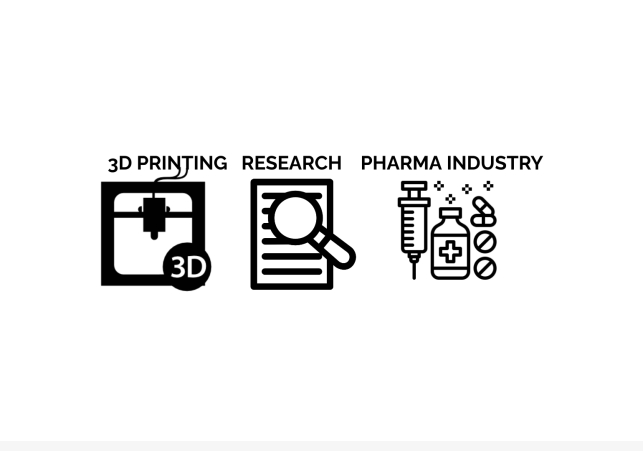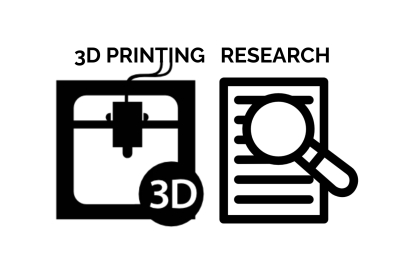
3D Printing research in Pharmaceutical Industry
3D printing, also known as additive manufacturing, has gained significant attention and momentum in various industries, including the pharmaceutical industry. It offers unique advantages in terms of customization, rapid prototyping, and the ability to create complex geometries that traditional manufacturing methods might struggle with. In the pharmaceutical sector, 3D printing has the potential to revolutionize drug development, manufacturing, and personalized medicine. Here are some key areas where 3D printing research has been making an impact in the pharmaceutical industry:
-
Drug Formulation and Delivery:
- Personalized Dosage: 3D printing enables the creation of personalized drug dosages, tailored to individual patients' needs. This can be especially beneficial for patients who require precise dosing or have specific medical conditions.
- Polypills: Researchers are investigating the use of 3D printing to create combination medications in a single pill, known as "polypills." This can simplify treatment regimens and improve medication adherence.
-
Medical Device Manufacturing:
- Custom Implants: 3D printing allows the creation of patient-specific implants and medical devices. This is particularly useful for orthopedic and dental applications, where implants can be designed to fit a patient's unique anatomy.
- Drug Delivery Devices: 3D printing can be used to manufacture intricate drug delivery devices, such as inhalers or patches, with precise control over the drug release profile.
-
Drug Development and Testing:
- Drug Screening Platforms: Researchers can use 3D printing to create microfluidic devices and tissue models for drug testing. These models mimic the human body's physiological conditions more accurately than traditional 2D cell cultures.
- Disease Models: 3D-printed organ-on-a-chip systems allow scientists to study diseases and test potential drugs in a controlled environment that closely resembles human organs.
-
Clinical Trials and Personalized Medicine:
- Clinical Trial Placebos: 3D printing can be used to create placebo pills that closely resemble the experimental drugs, helping to maintain blinding in clinical trials.
- Personalized Medication: Through precise 3D printing, medications can be tailored to a patient's specific needs, considering factors like their metabolism rate, allergies, and other individual characteristics.
-
Regulatory Challenges:
- The introduction of 3D-printed medications and medical devices raises regulatory challenges related to quality control, validation, and ensuring consistent manufacturing processes. Regulatory bodies need to adapt to accommodate these new technologies while ensuring patient safety.
-
Cost Efficiency and Time Savings:
- 3D printing can streamline the manufacturing process for certain medications and medical devices, potentially reducing costs and lead times. It also allows for on-demand production, reducing the need for large stockpiles.
-
Intellectual Property and Counterfeiting:
- The ease of replicating complex drug formulations and medical devices through 3D printing raises concerns about intellectual property protection and the potential for counterfeiting.
-
Research and Collaboration:
- Pharmaceutical companies, research institutions, and academia are actively collaborating to explore the full potential of 3D printing in drug development, manufacturing, and healthcare.
It's important to note that while 3D printing shows promise in the pharmaceutical industry, there are still challenges to overcome, such as regulatory hurdles, standardization of processes, and scalability for mass production. Ongoing research and collaboration are crucial to fully unlock the benefits of 3D printing in the pharmaceutical sector.

